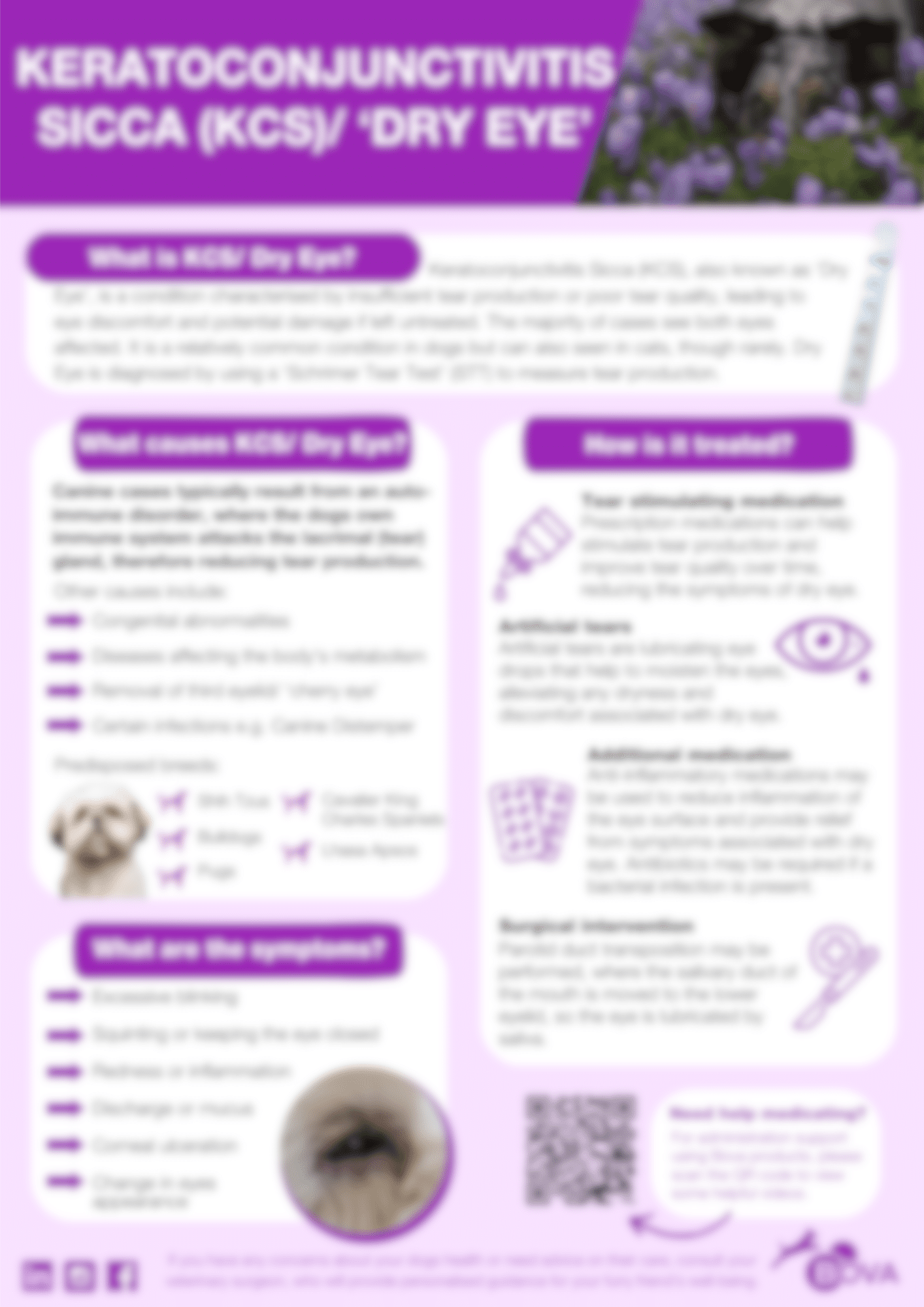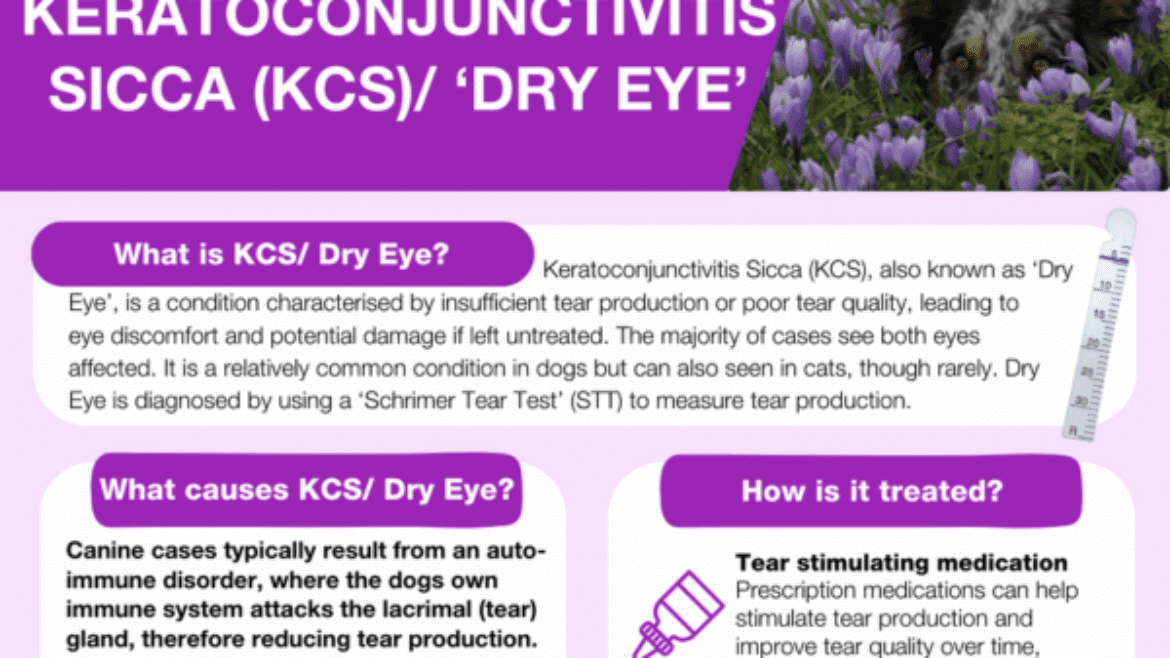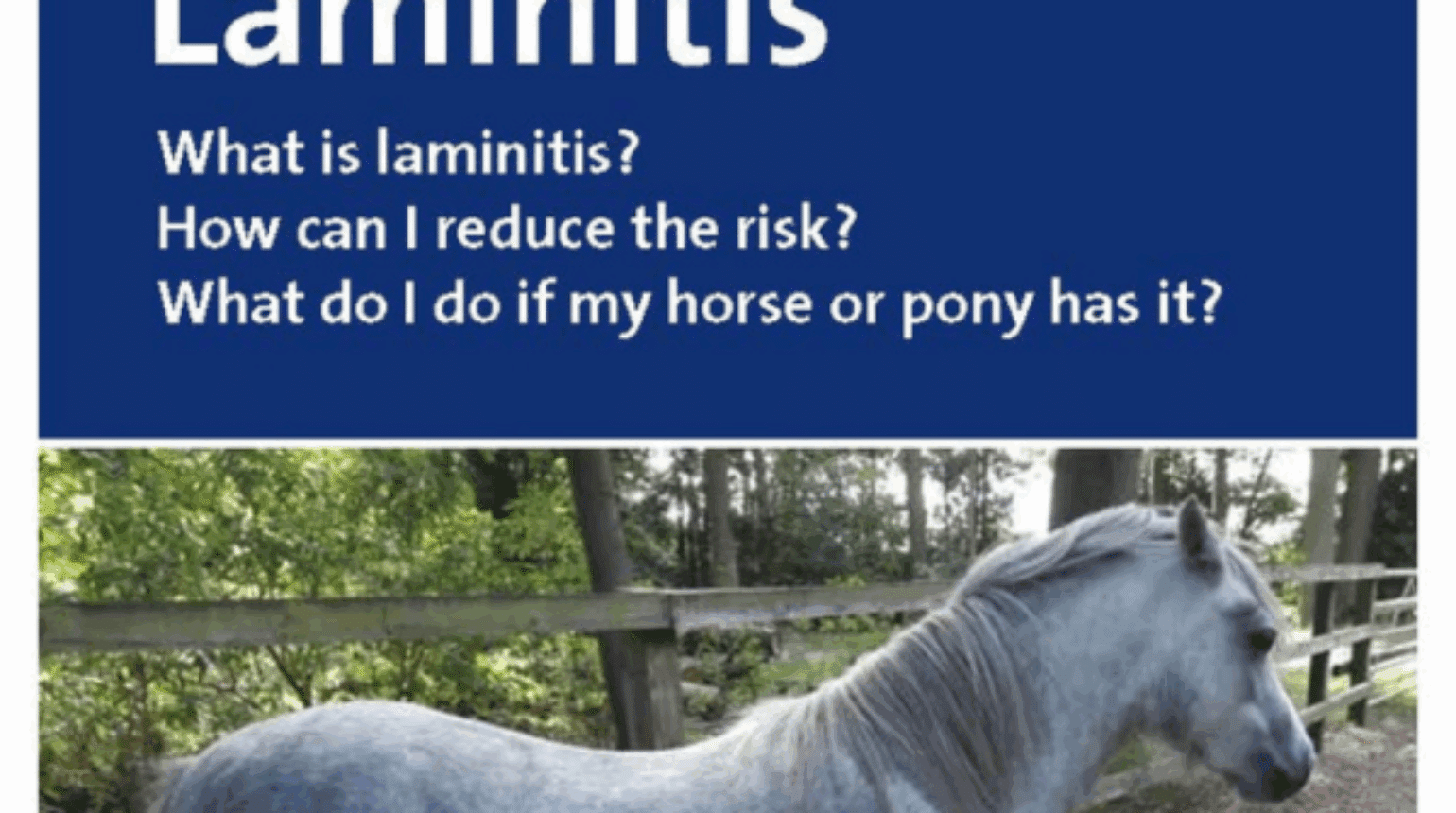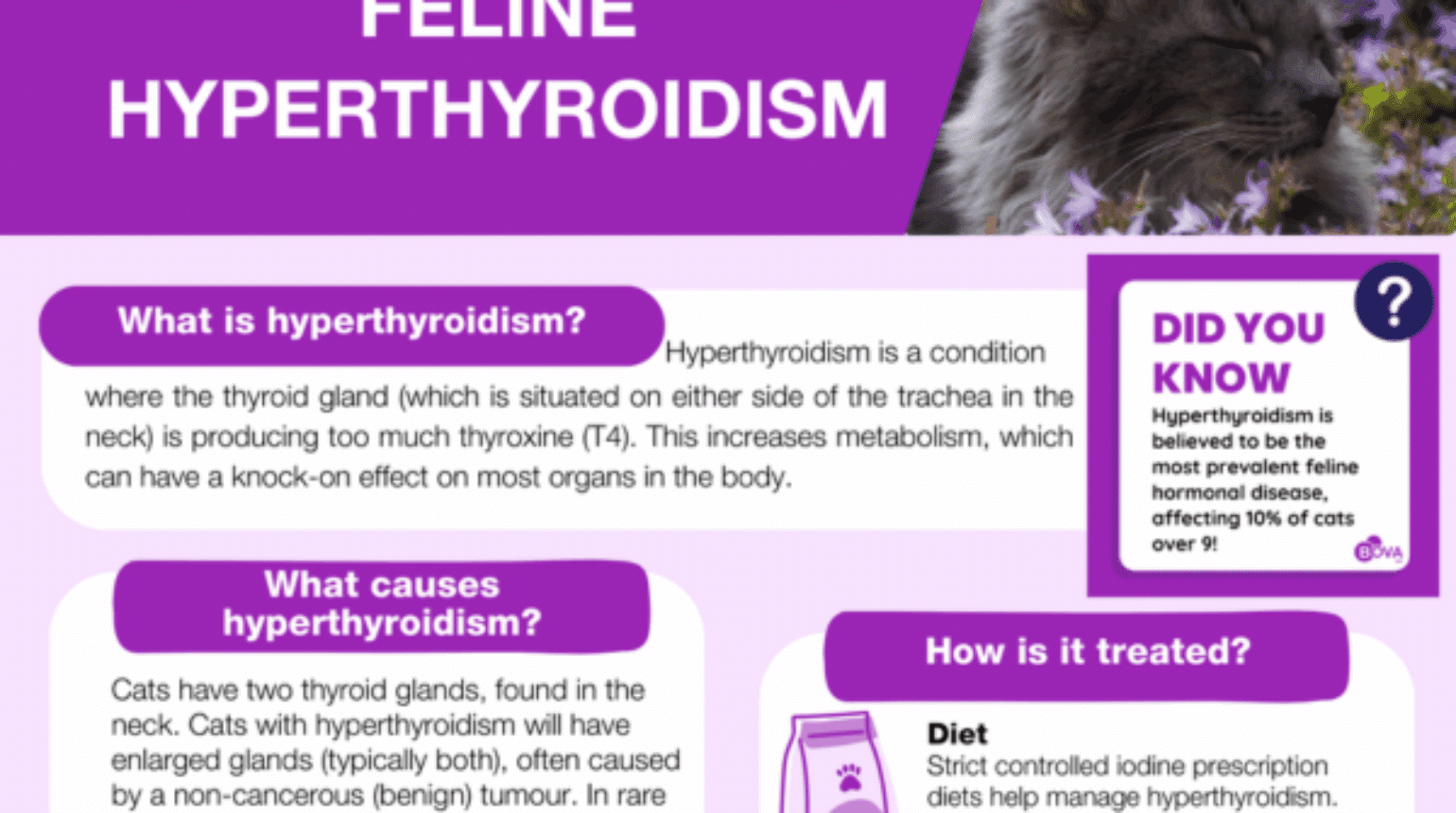Keratoconjunctivitis Sicca in Dogs
Keratoconjunctivitis sicca (KCS), colloquially known as ‘Dry Eye’, is a condition that should not be ignored. It can lead to discomfort and potential damage if left untreated. This blog post aims to provide a comprehensive understanding of KCS, its causes, symptoms, treatment options, and more.
Introduction to keratoconjunctivitis sicca (KCS)/ dry eye
In simple terms, keratoconjunctivitis sicca (KCS) or dry eye is a condition characterized by inadequate tear production or poor tear quality, resulting in discomfort and potential harm to the eyes if not diagnosed and treated promptly. Generally affecting both eyes, it’s quite common in dogs, but it can occasionally occur in cats as well. The diagnosis involves a ‘Schrimer Tear Test’ (STT), which measures tear production.
What causes keratoconjunctivitis sicca (KCS)/ dry eye?
The root cause of keratoconjunctivitis sicca in dogs is typically an auto-immune disorder. This disorder causes the dog’s immune system to attack its own lacrimal (tear) gland, leading to a reduction in tear production. However, keratoconjunctivitis sicca (KCS) can also originate from other causes, including:
- Congenital abnormalities
- Diseases affecting the body’s metabolism
- Removal of the third eyelid, also known as ‘cherry eye’
- Certain infections, like Canine Distemper
Notably, some breeds are predisposed to developing keratoconjunctivitis sicca (KCS). These include Shih Tzus, Bulldogs, Pugs, Cavalier King Charles Spaniels, and Lhasa Apsos.
Recognizing the symptoms of keratoconjunctivitis sicca (KCS)/ dry eye
The symptoms of keratoconjunctivitis sicca (KCS) can range from mild discomfort to severe pain, and may include:
- Excessive blinking
- Squinting or keeping the eye closed
- Redness or inflammation of the eye
- Discharge or mucus
- Corneal ulceration
- Changes in the eye’s appearance
Treatment Options for keratoconjunctivitis sicca (KCS)/ dry eye
The good news is that keratoconjunctivitis sicca (KCS) can be managed effectively with suitable treatment. Here are some of the common treatment options:
- Tear-Stimulating Medication: Prescription medicines can enhance tear production and improve tear quality over time, alleviating dry eye symptoms.
- Artificial Tears: These lubricating eye drops moisten the eyes, mitigating any dryness and discomfort associated with KCS.
- Additional Medication: Anti-inflammatory drugs may be used to soothe inflammation of the eye surface and provide relief from KCS symptoms. If a bacterial infection is present, antibiotics may be required.
- Surgical Intervention: In some cases, a procedure known as a parotid duct transposition may be performed. This involves moving the salivary duct of the mouth to the lower eyelid, effectively lubricating the eye with saliva.

Learn More About Keratoconjunctivitis Sicca in Dogs (Dry Eye)
Download our informative guide to help owners understand more about this common eye condition in pets, its symptoms, and treatment options. Help owners stay informed and empowered while waiting for their appointment.
Administration Support and Guidance
If you need help with administering medications or need advice on caring for your dog, don’t hesitate to consult your veterinary surgeon. They will provide personalised guidance for your furry friend’s well-being.
Remember, your pet’s health and comfort are paramount. If you notice any signs of discomfort in your pet’s eyes, such as excessive blinking or redness, consult a vet immediately. Early detection of conditions like KCS can help ensure a quick recovery and prevent further complications.
Need help medicating?
For administration support using Bova products, please click the link to view some helpful videos.




